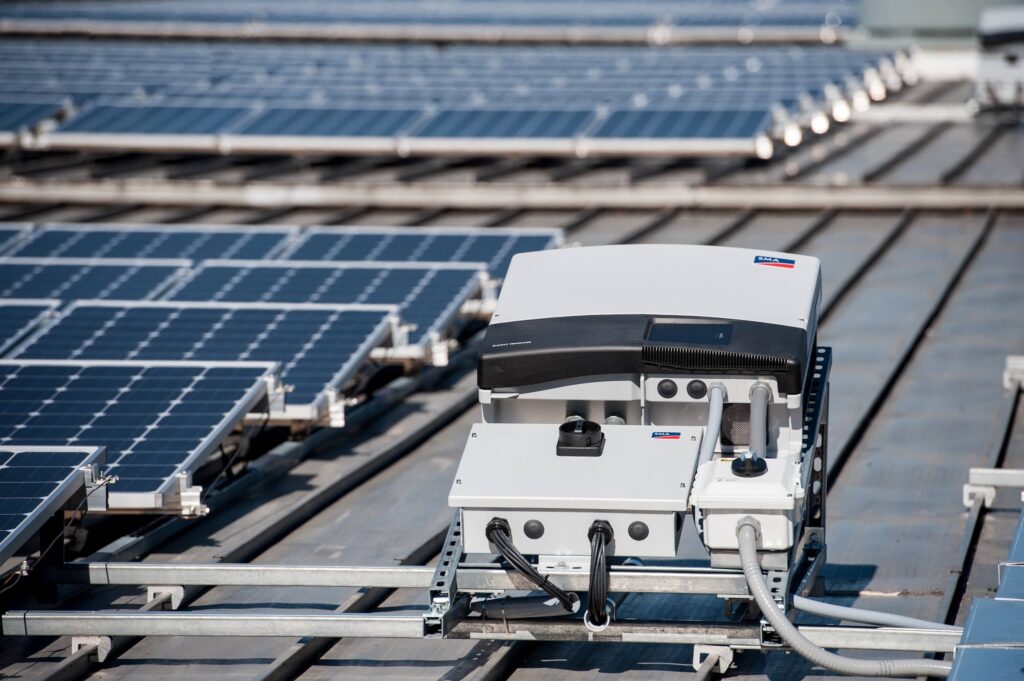Inverters are electronic devices that convert direct current (DC) to alternating current (AC). The performance of an inverter is crucial for its efficiency and effectiveness in various applications. Here are some of the main performance parameters of an inverter:
- Output Power (Wattage): This is the maximum power the inverter can deliver to the load in watts. It is important to choose an inverter that can handle the power requirements of the connected devices.
- Output Voltage: Inverters typically produce either a sine wave or a modified sine wave AC output. The output voltage should match the requirements of the devices being powered. Common output voltages include 120V or 240V for residential applications.
- Output Frequency: The frequency of the AC output is measured in Hertz (Hz). In many regions, the standard frequency is 60 Hz, but it can be different in some countries (e.g., 50 Hz). The inverter’s output frequency should match the local power grid or the requirements of the devices.
- Waveform: Inverters can produce different types of waveforms, including sine wave, modified sine wave, or square wave. Sine wave inverters are preferred for most applications because they provide a clean and stable power output similar to the grid power.
- Efficiency: Efficiency is the ratio of output power to input power, expressed as a percentage. Higher efficiency means less energy is wasted during the conversion process. Look for inverters with high efficiency ratings for better performance.
- Voltage Regulation: The inverter should maintain a stable output voltage under varying load conditions. Voltage regulation is a measure of how well the inverter maintains a consistent output voltage.
- Harmonic Distortion: The purity of the AC waveform is important. Low harmonic distortion ensures that sensitive electronic devices operate without interference. Sine wave inverters usually have low harmonic distortion.
- Input Voltage Range: Inverters often have a specified range of input voltages they can accept from the DC power source (e.g., batteries). It’s important to stay within this range to ensure proper operation.
- Start-up Voltage: This is the minimum DC input voltage required for the inverter to start operating and producing AC power.
- Overload Capacity: The ability of the inverter to handle temporary increases in load beyond its rated capacity. This is crucial for supporting devices with high starting currents.
- Temperature Range: The operating temperature range of the inverter should be suitable for the intended environment. Some inverters have temperature derating, meaning their capacity decreases at higher temperatures.
Understanding these performance parameters will help you choose the right inverter for your specific application, whether it’s for residential, commercial, or industrial use.


